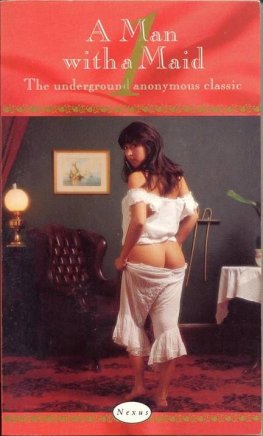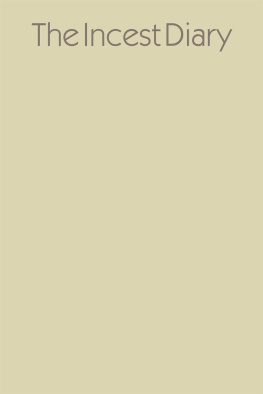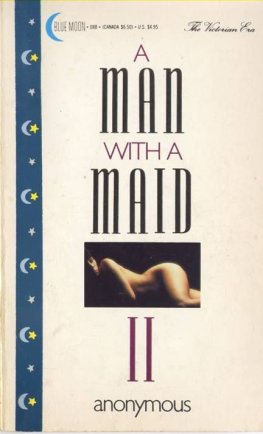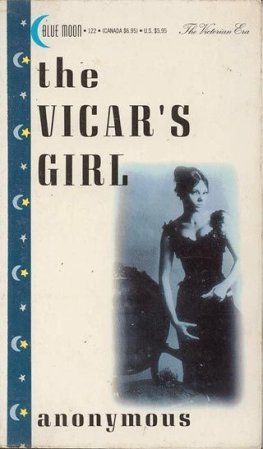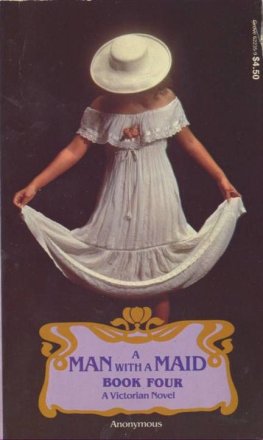Anonymous - How To Dance The Foxtrot
Here you can read online Anonymous - How To Dance The Foxtrot full text of the book (entire story) in english for free. Download pdf and epub, get meaning, cover and reviews about this ebook. year: 2016, publisher: Read Books Ltd., genre: Children. Description of the work, (preface) as well as reviews are available. Best literature library LitArk.com created for fans of good reading and offers a wide selection of genres:
Romance novel
Science fiction
Adventure
Detective
Science
History
Home and family
Prose
Art
Politics
Computer
Non-fiction
Religion
Business
Children
Humor
Choose a favorite category and find really read worthwhile books. Enjoy immersion in the world of imagination, feel the emotions of the characters or learn something new for yourself, make an fascinating discovery.

How To Dance The Foxtrot: summary, description and annotation
We offer to read an annotation, description, summary or preface (depends on what the author of the book "How To Dance The Foxtrot" wrote himself). If you haven't found the necessary information about the book — write in the comments, we will try to find it.
How To Dance The Foxtrot — read online for free the complete book (whole text) full work
Below is the text of the book, divided by pages. System saving the place of the last page read, allows you to conveniently read the book "How To Dance The Foxtrot" online for free, without having to search again every time where you left off. Put a bookmark, and you can go to the page where you finished reading at any time.
Font size:
Interval:
Bookmark:
Copyright 2013 Read Books Ltd.
This book is copyright and may not be reproduced or copied in any way without the express permission of the publisher in writing
British Library Cataloguing-in-Publication Data
A catalogue record for this book is available from the
British Library
Contents
A Short Introduction to Dance
Dance is a type of art that generally involves movement of the body, often in a rhythmic fashion and to music. It is performed in almost all cultures around the globe as a form of emotional expression, social interaction or exercise, in a spiritual or performance setting, and is sometimes used to express ideas or tell a story. Definitions of what constitutes dance are extremely difficult to form and can depend on social and cultural norms, as well as aesthetic, artistic and moral sensibilities. Definitions may range from functional movement (such as folk dance) to virtuoso techniques such as ballet. Martial arts Kata (choreographed patterns of movements) are often compared to dances and sports such as gymnastics, figure skating and synchronized swimming are generally thought to incorporate dance.
There are many styles and genre of dance; African dance is generally interpretative, ballet, ballroom and tango are examples of classical dance styles, square dance and electric slide are forms of step dance and break-dancing is a type of street dance. Any of these dances can be either participatory, social or performed for an audience. Due to the nature of dancing itself however, it is very difficult to trace a history of the genre. Dance does not leave behind clearly identifiable physical artefacts such as stone tools, hunting implements or cave paintings. It is thus simply not possible to say when dance became part of human culture. Archaeological evidence (in the forms of statues and decorations on vases) indicates that dance has been an important part of ceremony, ritual, celebration and entertainment since the earliest civilisations though.
Examples of the evidence we do have includes 9,000-year-old paintings in India at the Rock Shelters of Bhimbetka (Raisen District, Madhya Pradesh) and Egyptian tomb paintings depicting dancing figures, dated c. 3300 BC. One of the earliest structured uses of dances may have been the telling of myths. Before the invention of written languages, dance was one of the methods of passing stories down from generation to generation. Another early use of dance may have been as a precursor to ecstatic trance states in healing rituals and it is still used for this purpose today by many cultures from the Brazilian rainforest to the Kalahari Desert. Most contemporary dance forms can actually be traced to such traditional, ceremonial or ethnic dances. For example, some Sri Lankan dances are related to aboriginal, mythical devils known as yakkas and according to local legend, Kandyah dance (originating in a hilly region of Sri Lanka) began as a ritual that broke the magic spell on a bewitched king.
Concert or performance dance is primarily related to Europe and North America. One of its most famous forms ballet originated first in Italy and then in France from lavish court spectacles that combined music, drama, poetry, song, costumes and dance. During the reign of Louis XIV, himself a dancer, dance became more codified. Professional dancers began to take the place of court amateurs and ballet masters were licensed by the French government. The first ballet dance academy was the Acadmie Royale de Danse (Royal Dance Academy), opened in Paris in 1661. Shortly thereafter the first institutionalized ballet troupe, associated with the Academy, was formed; this troupe began as an all-male ensemble but by 1681 opened to include women as well.
At the beginning of the twentieth century, there was an explosion of innovation in dance style characterised by an exploration of freer technique. Early pioneers of what became known as modern dance include Loie Fuller, Isadora Duncan, Mary Wigman and Ruth St. Denis. Other more modern dances, including tap dance, disco, jazz dance, swing dance, hip hop and break-dance developed in everyday spaces, rather than in dance studios, schools or companies. Most of these forms of movement originated with African American communities, often living under considerable hardship and racial prejudice left with little alternative other than to create dance for themselves.
Today, dancing has become fully professionalized and there are many occupations surrounding its performance, including dancers, dance teachers, costume designers, producers and choreographers. Dance competitions are frequent, especially in classical as well as street styles and there are many schools specifically dedicated to educating people in the academic discipline of dance. It is hoped that the current reader is inspired by this book to try some dancing of their own! Enjoy.
Fox Trot is hardly a descriptive title, as indeed this dance, which seems to hold the fundamental principles of modern dances, is most unlike a trot. Indeed it is a smooth, easy dance and the most dignified of modern dances.
At first you may regret the lack of elasticity in the muscles. But patience must come with practice, and with it, too, that feeling of ease which makes accomplishment easier and assured.
Remember that dancing after all is merely walking; walking, that is, with the knees bent at a slightly more acute angle than usual.
In taking the walking steps between variations, as described, let it be a long and slightly springy step, of, say, the length of your foot, with a reaching sort of movement. You will find that this gives a dancing character to the step at once. Step, touching the ball of the foot first, resting naturally on the heel.
The beginner should feel perfectly at ease, and in practicing the dances, herein simplified, the first essential is the study of time, as shown in the following steps.
If you have a self-playing musical instrument play a fox trot; but first study and learn the few simple movements which directly apply to what we are trying to accomplish.
At first we will tax the muscles of the leg and set the knee of the same into action beyond what it has been accustomed to.
Stand for first position, heels together, toes pointed out; slide left foot to side and count one; close up right foot to close position, count two; slide left foot to left, count three; close right to left, count fourthis is just four movements to the left side ending with the weight on the left footthe right foot being free; repeat by sliding right foot to right side, count one; close left to right, count two; slide right foot to side, count three; close left foot, count four.
After you have tried this movement several times from left to right you are studying the movement of the feet that is necessary and at the same time studying tempo, or time, in a simplified way. After this is acquired, put on a fox trot record and try these steps to music. Beginning with the first part of the strain step to left, count one; close up right, count two; step to left, count three; close up right, count four; step to right, count one; close left foot, count two; step to right, count three; close up left, count four.
The Fox Trot is danced to 4/4 timein four measures of music there are eight beats. The space marked by the upright lines across the staff, or the parallel lines of music, are called measures. The beat of the music is caught in the bass, the accent that you must note and keep time with your step. In stepping to music count one and two and three and four and (.)
First try a few simple steps without partner; you will readily understand the underlying principle of two people rotating.
Walk four steps forward. Take a full glide step to the left. Count one, close the right foot; count two, slide left foot to side; count three, which will give you a half turn. Glide right foot to side, count one; close left foot, count two; slide right foot to side, count three;and your weight will be on the right foot.
Font size:
Interval:
Bookmark:
Similar books «How To Dance The Foxtrot»
Look at similar books to How To Dance The Foxtrot. We have selected literature similar in name and meaning in the hope of providing readers with more options to find new, interesting, not yet read works.
Discussion, reviews of the book How To Dance The Foxtrot and just readers' own opinions. Leave your comments, write what you think about the work, its meaning or the main characters. Specify what exactly you liked and what you didn't like, and why you think so.

